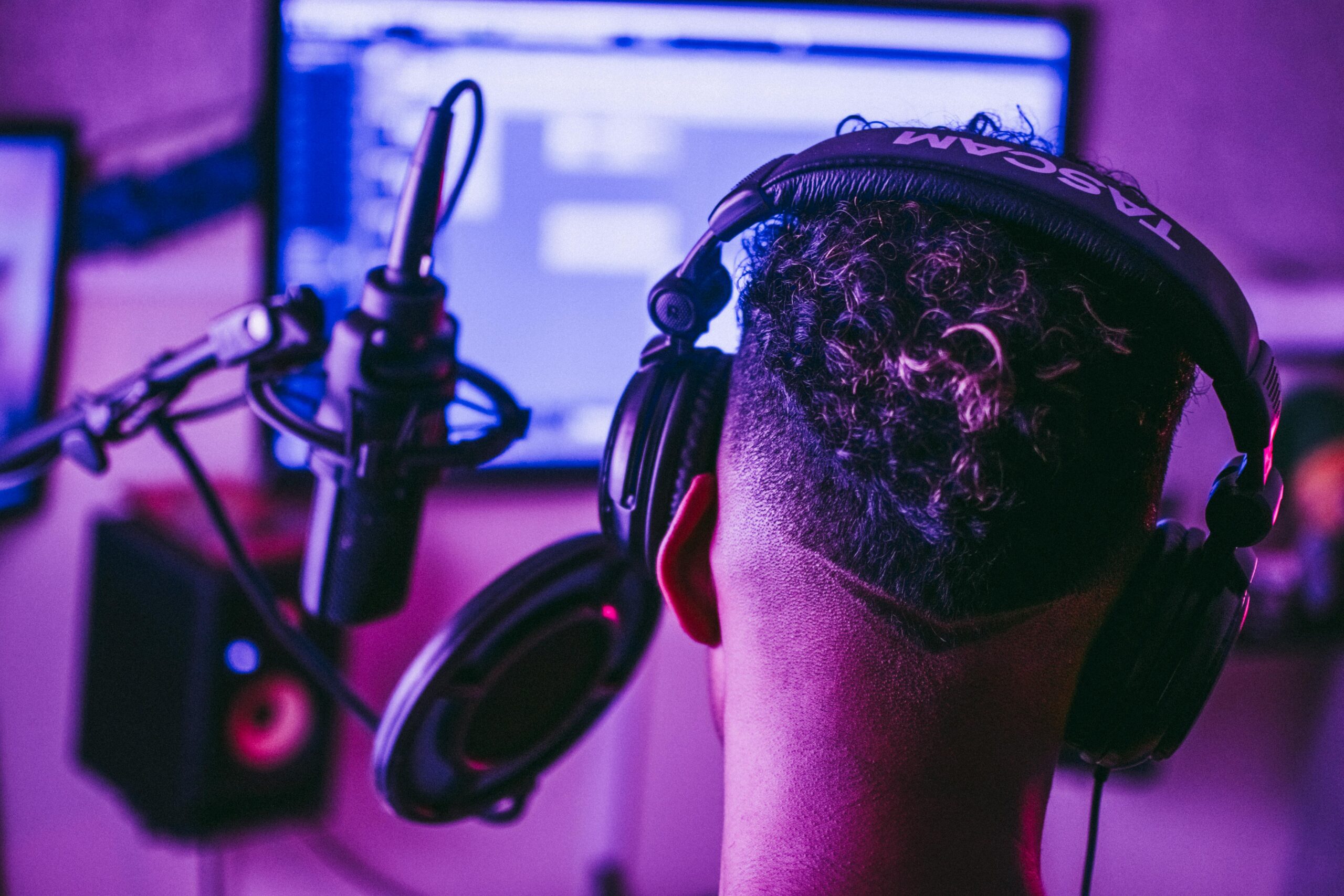
ADA POLICY
Accessibility and Inclusion at an Audio Recording School
Audio recording is a creative, collaborative, and technical field — and everyone deserves the opportunity to pursue it, no matter their physical or learning abilities.
That’s why audio recording schools are committed to providing equal access to education under the Americans with Disabilities Act (ADA). Whether you’re dealing with a physical, sensory, cognitive, or mental health condition, the right school will work with you to create a learning environment where you can thrive, participate, and succeed.
Here’s what you need to know about ADA policies at audio recording schools — and how they support students with disabilities or accessibility needs.
What Is the ADA?
The Americans with Disabilities Act (ADA) is a civil rights law that prohibits discrimination based on disability. It guarantees people with disabilities equal access to education, employment, transportation, and public spaces — including schools, colleges, and career training programs.
In the context of audio education, that means:
- Accessible classrooms, studios, and equipment
- Reasonable accommodations during instruction or testing
- Equal access to course content, materials, and hands-on training
- Protection from discrimination during admissions or enrollment
If you’re a qualified student, the ADA ensures that your school works with you to remove unnecessary barriers so you can learn and succeed.
Who Qualifies for ADA Support?
You may qualify for accommodations if you have a documented disability, including but not limited to:
- Mobility impairments
- Hearing or vision loss
- ADHD or learning differences (like dyslexia)
- Autism spectrum conditions
- Anxiety, depression, or other mental health conditions
- Chronic illnesses or neurological disorders
Even if your condition isn’t visible, you still have the right to request support — and audio schools are required to handle those requests confidentially and respectfully.
What Accommodations Might Be Available?
Every student’s needs are different, and accommodations are designed on a case-by-case basis. Some common examples include:
- Extended time on tests or projects
- Note-taking or captioning support
- Access to assistive technology
- Modified workstations or studio layouts
- Preferential seating or quiet environments
- Flexible attendance or participation policies
- One-on-one tutoring or instructional support
In many cases, these adjustments are small but meaningful — helping you stay focused, manage your energy, and stay on track with your goals.
Accessibility in Hands-On Learning Environments
Audio recording is a very hands-on field — but that doesn’t mean it’s off-limits to students with disabilities. Schools are responsible for ensuring that labs, studios, control rooms, and live sound setups are as accessible as possible.
This could include:
- Adjustable equipment setups
- Studio spaces that accommodate wheelchairs or mobility devices
- Visual indicators for dials/meters
- Screen reader-friendly software (like Pro Tools or Logic Pro)
The goal is to make sure you can fully participate in your training, no matter what tools or support you need to do so.
How to Request Accommodations
Each school has its own accessibility or student services department, but the general process is similar:
- Apply or enroll in your program of choice.
- Submit documentation from a licensed provider describing your condition and recommended accommodations.
- Meet with the accessibility coordinator to develop a personalized plan.
- Notify instructors, if needed, so they can implement your accommodations in the classroom or studio.
Everything is handled confidentially, and your school will work to balance your needs with the technical demands of the program.
Accessibility Is a Partnership
ADA support is not about lowering standards — it’s about removing unnecessary barriers so you can meet the same goals as everyone else.
Your part: Communicate your needs, follow through with your plan, and ask for help when something isn’t working.
Your school’s part: Provide access, respond to requests, and create an inclusive environment where everyone gets to participate fully.

STILL NOT SURE WHERE TO START?
Answer a few questions and find a program that fits your goals.

Leave a Comment: